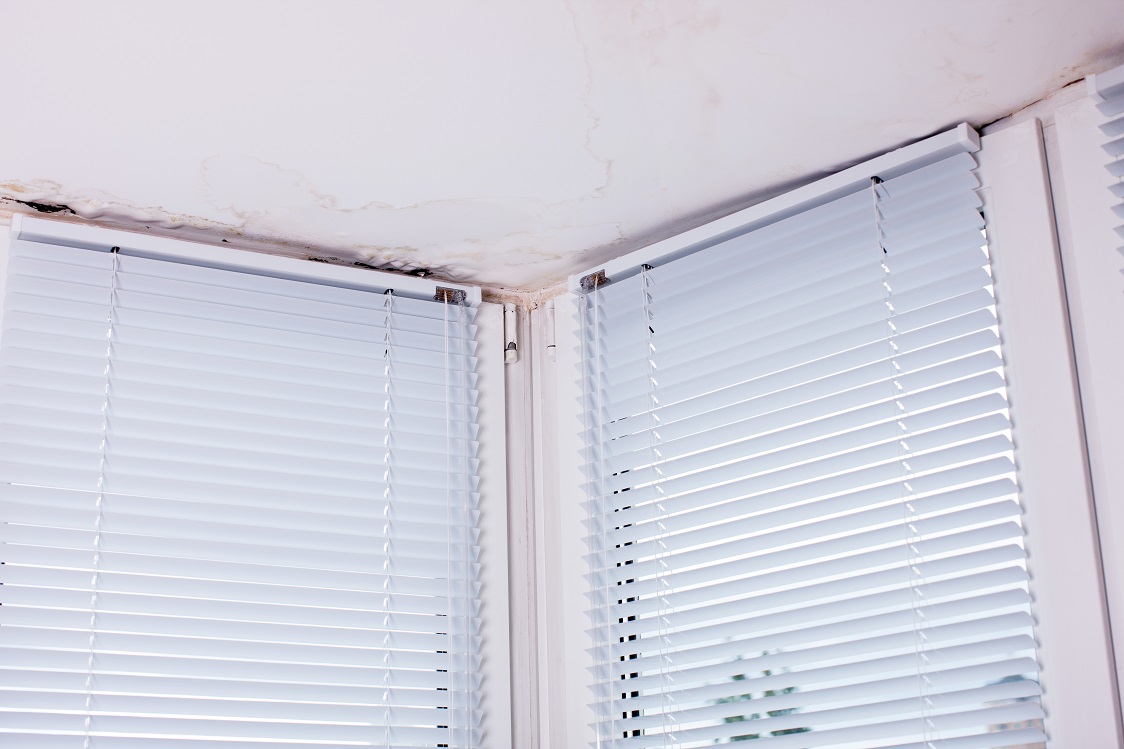Blog
How to Dry Out Damp Walls

Damp is a common problem that many homeowners face, with one of the most prevalent symptoms being damp wallpaper or wet plaster, wet timber etc. If your walls are wet, there’s a high chance you’re dealing with either rising damp, penetrating damp, condensation or a leak from a burst pipe.
Not only is this a sign of a potentially serious underlying issue that could be causing real damage to your home, but it’s unsightly and can ruin the aesthetic of your home, too. With this in mind, if your property is suffering from damp, you’re likely wondering how to dry out damp walls fast and get your home looking spic and span once more.
Here at Garratt’s Damp & Timber, we are experts in damp proofing. If you are currently dealing with a damp problem and need advice on how to remove moisture from walls, keep reading as we share professional advice on damp wall repair.
Diagnose the problem
The first step to drying out damp walls is to diagnose the problem. The best way to do this is to call in the experts. For households based in Greater London and the south east, Garratt’s Damp & Timber offers a site survey. This means we will come to your property and conduct a full inspection to find out the root cause of the problem. If you don’t know what’s causing the issue, you can’t begin the process of treating it because you’ll likely find that the issue keeps returning.
For example, if you dry out your walls but don’t realise the problem is penetrating damp caused by broken guttering, the issue will persist and your walls will get wet once more. This is why it’s so important to get the diagnosis right first time so that the right treatment can be administered to prevent further damage.
Treat the damp
Once you have a diagnosis, you need to begin the process of treatment. Should you choose the Garratt’s Damp & Timber team, we will give you a no-obligation, competitive quote for treatment following the site survey we carry out. This will give you an idea as to the scope of the problem and how you can go about treating it.
It might be that we need to repair or replace your DPC (damp proof course) because it has been compromised in some way, or it could be that we need to replace some of the timber in flooring following water ingress resulting in wet rot and/or dry rot.
In extreme cases, plaster may need to be removed and replaced, such as in the case of extensive rising damp that has saturated the walls in their entirety. Masonry may also be affected. The extent of the damage is unique to each property, with some getting lucky and others having to deal with more serious problems that require a more comprehensive plan of action.
Our team of damp specialists will be able to advise you further as to the treatment route you need to take.
Dry out the wall
There are some instances where the damage caused by wet walls is minimal and you’ll be able to dry the walls out yourself, for example, in the case of a burst pipe that you caught early enough. When the main bulk of treatment has been carried out, you may then begin the process of drying the wall out.
Remove wallpaper/skirting boards
The first way you can begin drying out walls is to remove any wallpaper. This is an important step as the wallpaper acts as a seal that keeps moisture in, contributing further to the damp problem. The same is true of skirting boards and dado rails because moisture can get trapped behind them, causing further issues. To ensure the wall is fully dry, remove all wood.
Circulate air
The next step is to use fans to keep the air moving. Paired with open windows/doors, you should find that excess moisture is removed fairly quickly. If the affected area has no windows or doors, you can even use a dehumidifier to take moisture from the air. This will, in turn, keep it from settling on the walls, further exasperating the problem.
How long does a damp wall take to dry out?
One of the most common questions we get asked about wet walls is how long they will take to dry out. There is no hard and fast answer because it depends wholly on the extent of the damage and the wall itself, as well as the core issue. It could take a few days, or it could take a few weeks. The most important thing is to check damp walls early on and begin the drying process as soon as possible. If you don’t, you risk the growth of mould which can be detrimental to your health and cause skin/respiratory problems.
What is the cost to damp proof a wall?
Once you’ve dried out your wall, you might be thinking about the costs associated with protecting the rest of your property. The best course of action is to arrange a site survey so we can identify any potential weaknesses in your property that could contribute to damp. To find out more by contacting us.
Archived Articles
Recent
-
18 Mar 2024
How to Get Rid of Damp in Bedrooms
While it may seem more logical that kitchens and bathrooms are more prone to damp, it may be surprising for…
-
13 Nov 2023
Benefits of Tanking Your Basement
While basements have been a staple of home construction in multiple countries, they are still a relatively new concept in…
-
13 Nov 2023
Taking Action on Fixing Damp
Damp is a widespread problem in properties across the UK; however, this doesn’t stop the fact that it’s a serious…







